The shift toward sustainable building practices has elevated the importance of roofing material selection. Environmentally thoughtful roofing represents more than ecological responsibility; it offers tangible, long-term benefits for building performance and resource conservation. These solutions integrate specific characteristics that collectively support both environmental goals and practical construction needs.
Modern sustainable roofing materials share several fundamental attributes:
Responsible Material Sourcing & Production: Many incorporate recycled content or substances known for lower environmental impact. Manufacturing processes increasingly prioritize energy efficiency and waste minimization, reducing the overall footprint from production to installation.
Enhanced Durability & Longevity: Designed to withstand environmental stressors like UV radiation, moisture, corrosion, and temperature fluctuations, these materials often demonstrate extended service life. This resilience translates directly into fewer replacements over the building's lifespan.
Reduced Maintenance Requirements: The inherent resistance to common degradation factors (corrosion, weathering, impact) means these roofs typically require less frequent and less intensive upkeep, lowering long-term operational burdens.
Energy Performance Contribution: Certain materials, particularly light-colored or specially coated options, possess significant solar reflectance. This property helps reduce unwanted heat gain within buildings, lessening cooling demands and associated energy consumption in warmer periods.
End-of-Life Planning: The use of recyclable components facilitates responsible disposal. This supports circular economy principles by diverting material from landfills and enabling resource recovery at the roof's end of service life.
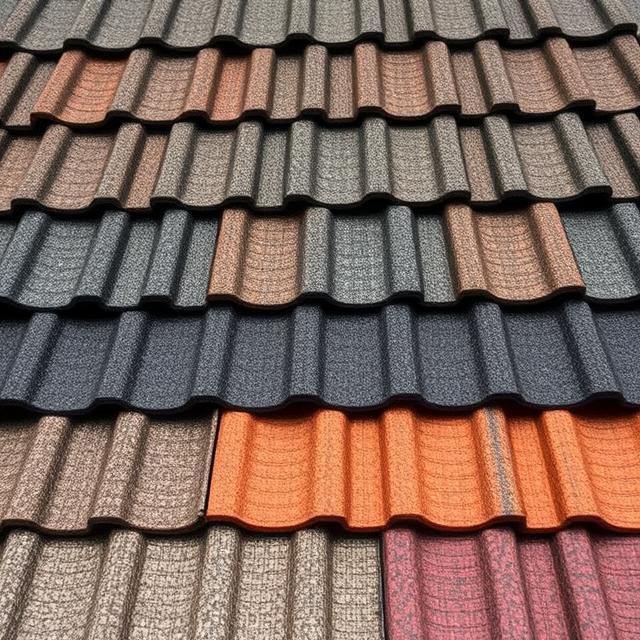
Several product categories exemplify how these characteristics translate into real-world applications:
Corrosion-Resistant Roofing Systems:
Function: Engineered to provide long-lasting protection, particularly in challenging environments. These materials resist degradation caused by moisture, salt spray (coastal areas), or industrial pollutants, ensuring structural integrity over time.
Maintenance: Require notably less upkeep than traditional alternatives. Routine visual inspections and periodic removal of debris are generally sufficient to maintain performance, significantly reducing the likelihood of major, costly repairs.
Suitable Environments: Ideal for coastal regions, areas with high humidity or significant rainfall, industrial zones, and locations experiencing heavy snowfall where moisture and chemical exposure are primary concerns.
High Solar Reflectance Roofing Surfaces:
Function: Utilize specialized finishes or inherent material properties to reflect a substantial portion of solar radiation (including UV and infrared wavelengths). This directly minimizes heat transfer into the building structure.
Maintenance: Maintenance focuses primarily on keeping the surface clean to preserve reflectivity. Periodic checks ensure the integrity of any specialized coatings remains intact over the long term.
Suitable Environments: Particularly effective in hot, sunny climates where managing interior temperatures and reducing air conditioning loads are priorities. Also beneficial in urban settings to help mitigate the heat island effect.
Lightweight Composite Roofing Elements:
Function: Offer robust protection with a significantly reduced physical weight profile. This facilitates easier handling and installation while lessening the load burden on the building's supporting framework. Many incorporate recycled materials.
Maintenance: Known for reliable performance, demonstrating resistance to cracking, warping, and damage from impacts like hail. Maintenance typically involves routine inspections and cleaning, similar to other durable roofing types.
Suitable Environments: Suitable across diverse climates. Especially advantageous for retrofitting existing structures where adding heavy weight is problematic, or in seismic zones where minimizing mass is beneficial. Often show good tolerance to freeze-thaw cycles.
Durable Synthetic Roofing Components:
Function: Provide a resilient alternative to traditional materials, frequently utilizing recycled polymers. They offer flexibility and impact resistance, contributing to resource conservation through material reuse.
Maintenance: Exhibit strong resistance to common issues like cracking, algae or moss growth, and moisture penetration. Maintenance needs are infrequent, generally involving debris clearance and inspections following severe weather events.
Suitable Environments: Perform well in varied conditions, including regions with high humidity (resisting biological growth), significant temperature swings, and areas prone to hail or wind-borne debris.
Key Benefits of Chuanyabuilding Eco-Friendly Roofing |
|
|
|
|
The adoption of roofing materials embodying these eco-conscious principles represents a practical step towards more sustainable construction. Companies like Chuanyabuilding recognize this shift, offering solutions that aim to balance essential performance characteristics – durability, weather resistance, ease of installation – with environmental responsibility. Their product ranges demonstrate that achieving functional and aesthetic project requirements is compatible with reducing environmental impact.
Building for Long-Term Value
Environmentally considerate roofing goes beyond ecological awareness. Its defining characteristics – responsible material use, enhanced durability, reduced maintenance, energy efficiency contributions, and end-of-life recyclability – translate into measurable long-term value. Reduced replacement cycles lower lifetime costs and material consumption. Lower maintenance requirements decrease operational expenses. Energy savings contribute to reduced operational carbon footprints.
By selecting roofing solutions that prioritize these attributes, builders and property owners make an investment in both the longevity of their structures and the responsible stewardship of resources. Manufacturers like Chuanyabuilding provide avenues to explore these practical, sustainable options that meet the evolving demands of modern construction. The focus remains on delivering performance today while building a more resource-efficient tomorrow.









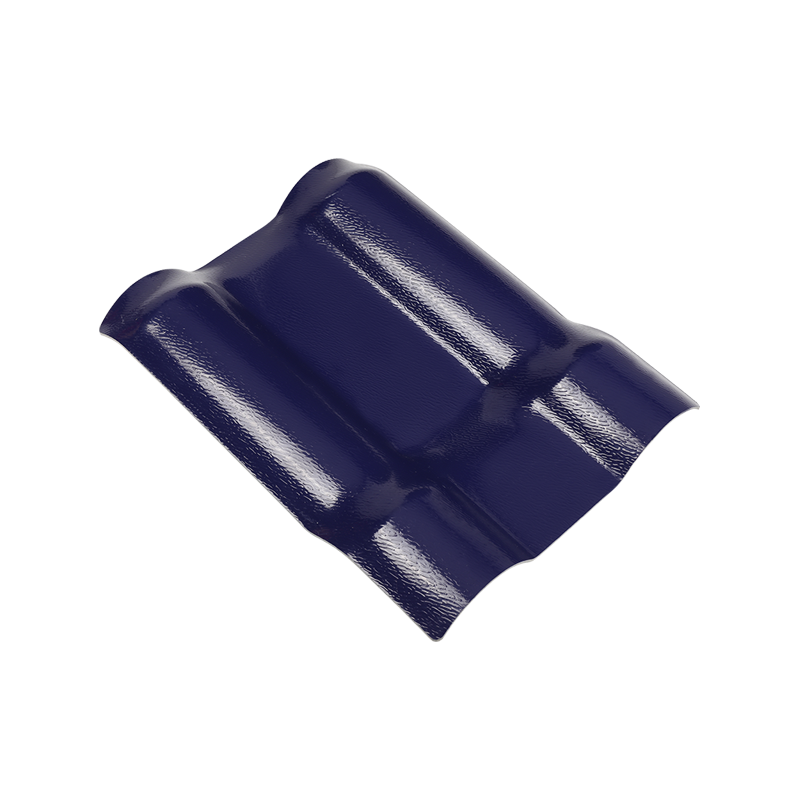
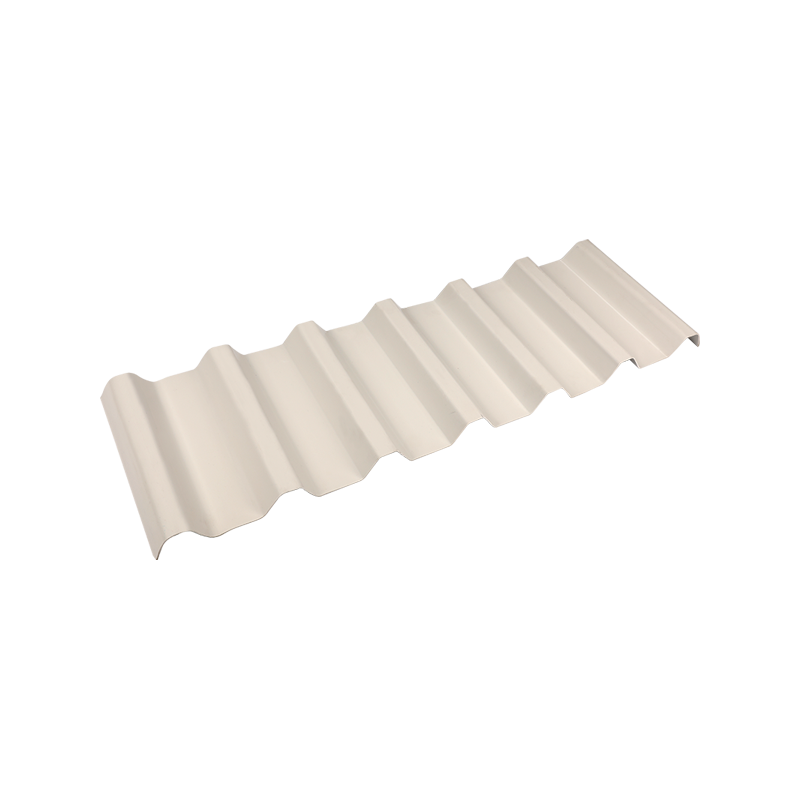
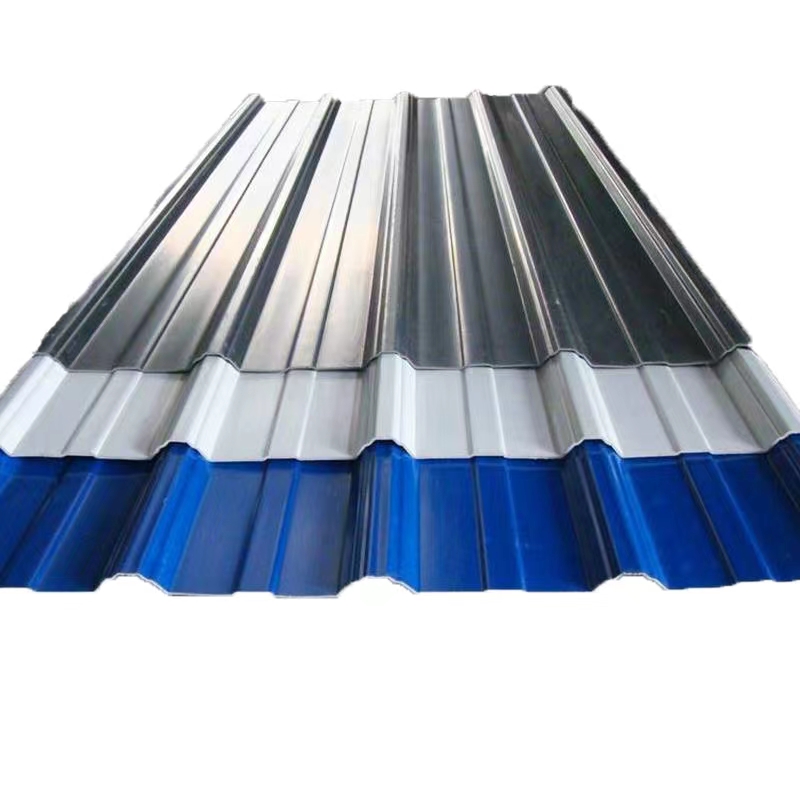
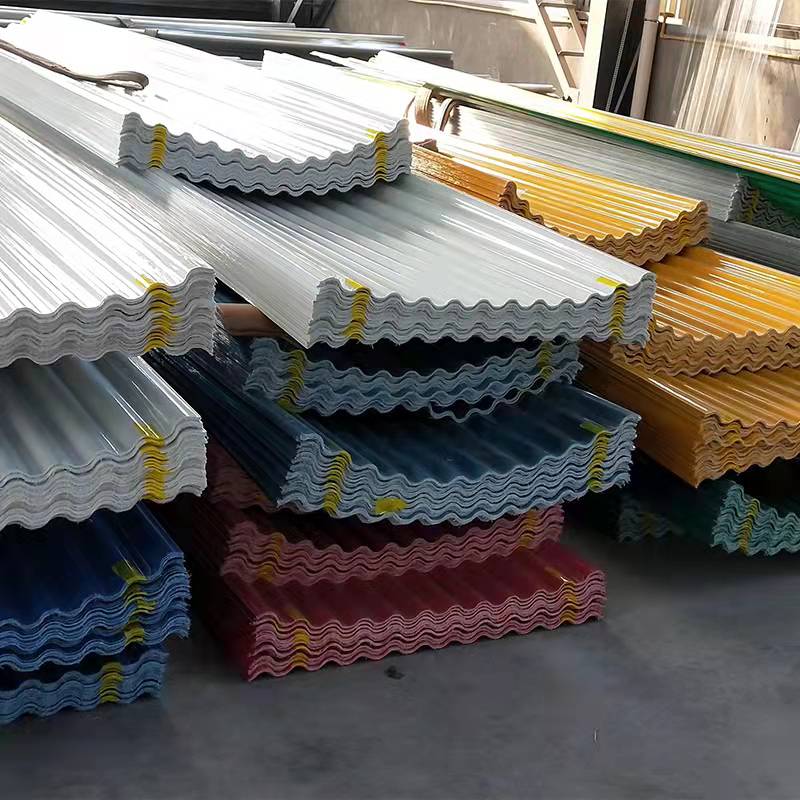
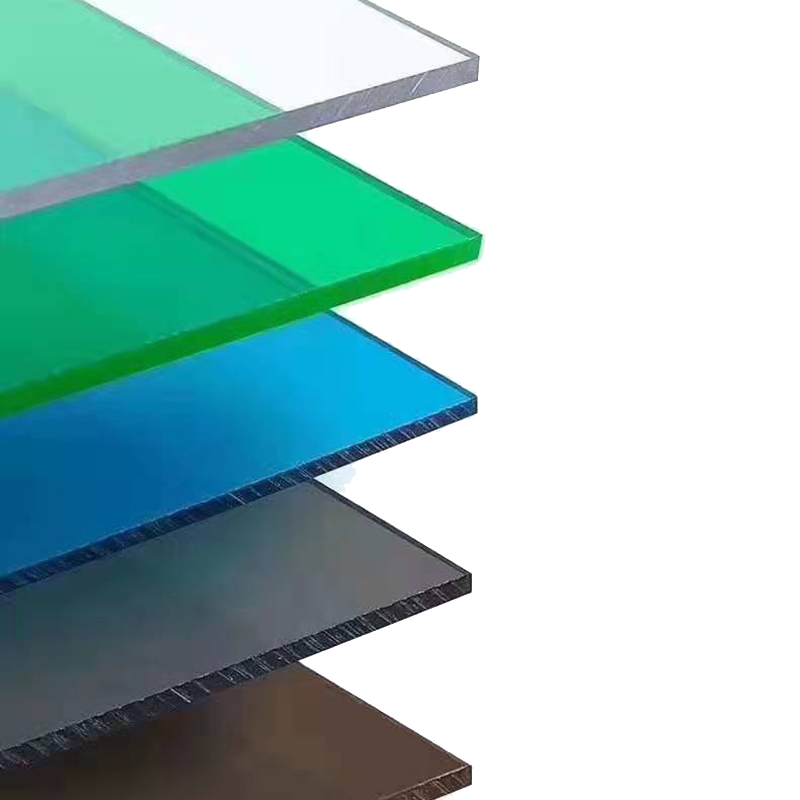
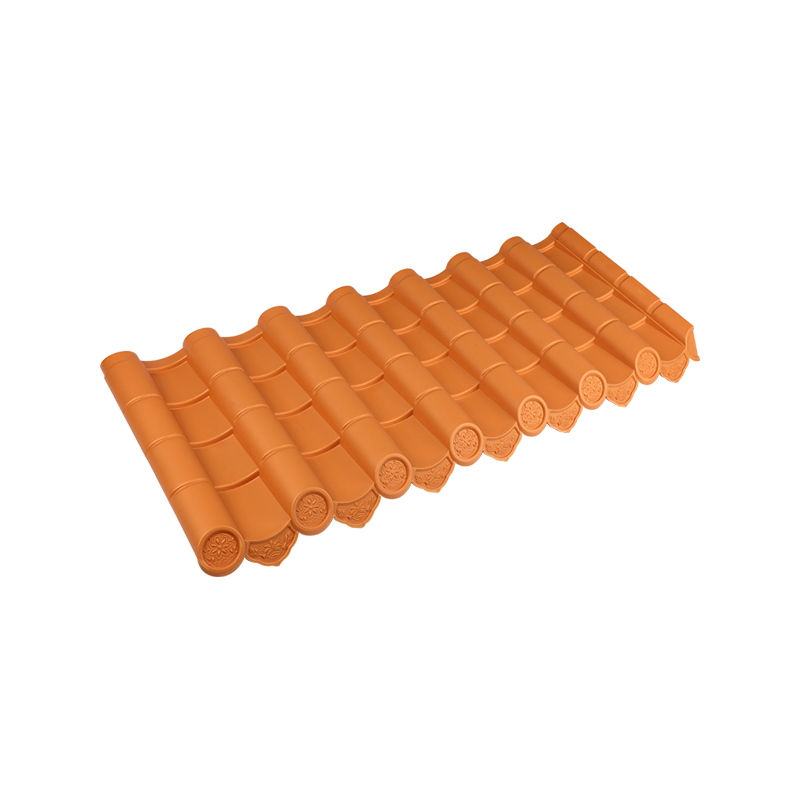
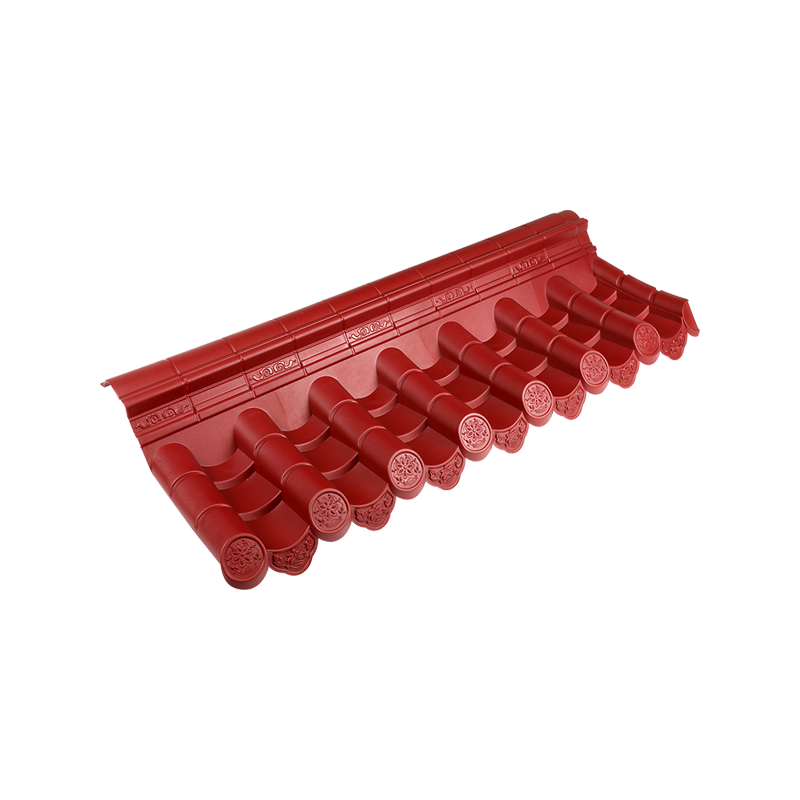


 Email:
Email: Phone:
Phone: Adress:
Adress: